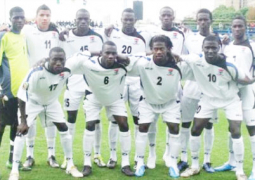James P. Grant, Executive Director, UNICEF
The state of the world's children.
Although the proportion of educated children has grown dramatically in the past 25 years, boys have proportionately fared much better than girls. Of the estimated 960 million illiterates in the world two thirds are women.In 1990, 130 million children had no access to primary education; of these 81 million were girls. The gender discrepancy increases during the secondary school phase, and by 18, girls have received on average 4.4 years less education than boys.
UNICEF and other international organizations have drawn attention to the 'gender gap' in educational opportunity and its consequences for human development. The failure to attract girls into schools and keep them there has a major impact on their future childbearing and mothering careers. A woman with several years of primary schooling bears many fewer children than a woman with only one or two; even modest classroom experience pushes down the death rate among future offspring.
Independently
of these child survival arguments, equality of classroom opportunity is also a
matter of female right; and its results show up in a country's economic
performance and productivity. According to the World Bank, a country with more
educated girls and women is not only healthier, but wealthier. Since the
Jomtien conference, UNICEF has redoubled its efforts to tackle the exclusion of
girls and from school, their high dropout rates and their low achievement.
Article 28 of the Convention of the Rights of the Child, which claims equal
rights for girls and boys to education, has been backed with affirmative
action. Attention has been mainly focused on
Some schemes provide scholarships for girls, to compensate parents for the loss of household help, and offset the costs of fees and uniforms. Although this kind of affirmative action may arouse resentment from parents struggling hard to keep their sons in school, there may be no other way to underline to parents that society regards investment in girl's education as a family and social asset.
Thus, for many parents, the choice comes down to economics: investment must be spent on the most likely prospect - the son.



